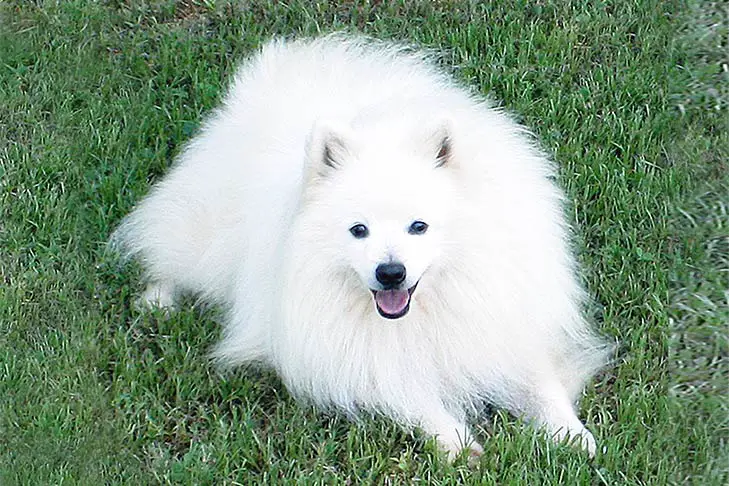The Volpino Italiano is a multifaceted breed. They enjoy running and agility, but when they’re done, they’ll hop up on your lap and sleep for the rest of the day.
Volpini has existed since antiquity and was on the verge of extinction when Italy lost interest in the breed. Breeders of American Eskimo Dogs crossed the Volpino Italiano with their Eskies in an attempt to develop the toy-sized American Eskimo. In the 1960s, Italian breeders renewed their efforts to save their breed, and as a result, the Volpino Italiano saw a revival and is still a viable breed.




 Health
Health Grooming
Grooming Exercise
Exercise Training
Training Nutrition
Nutrition